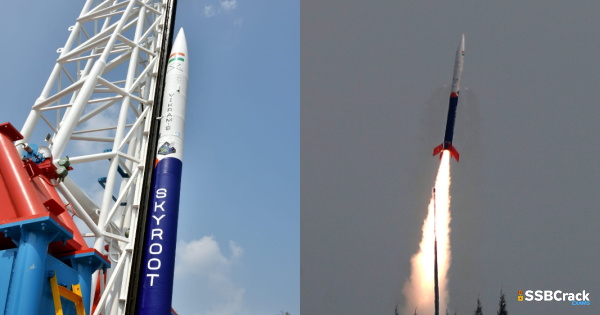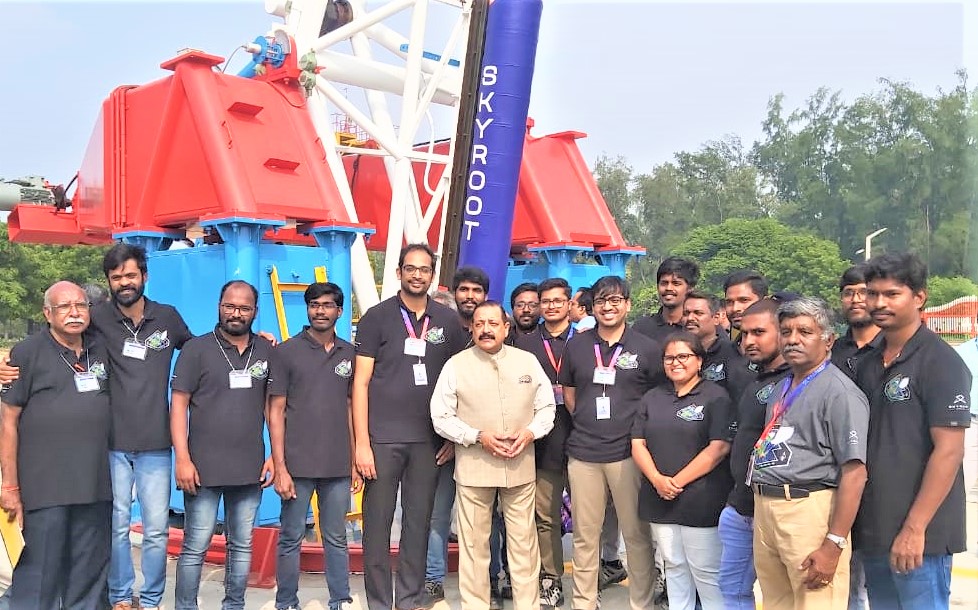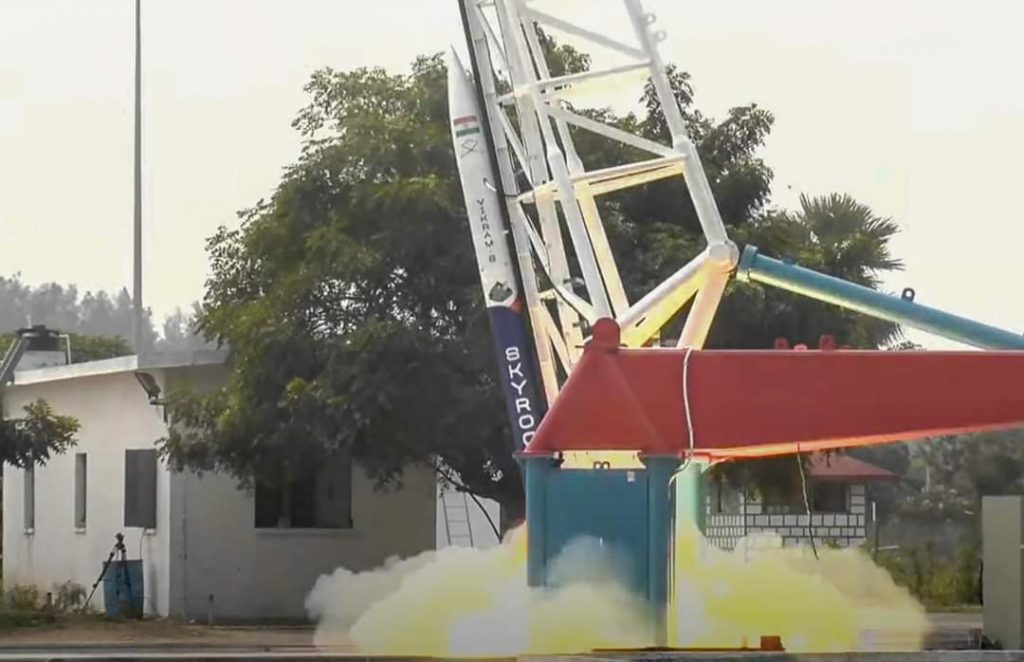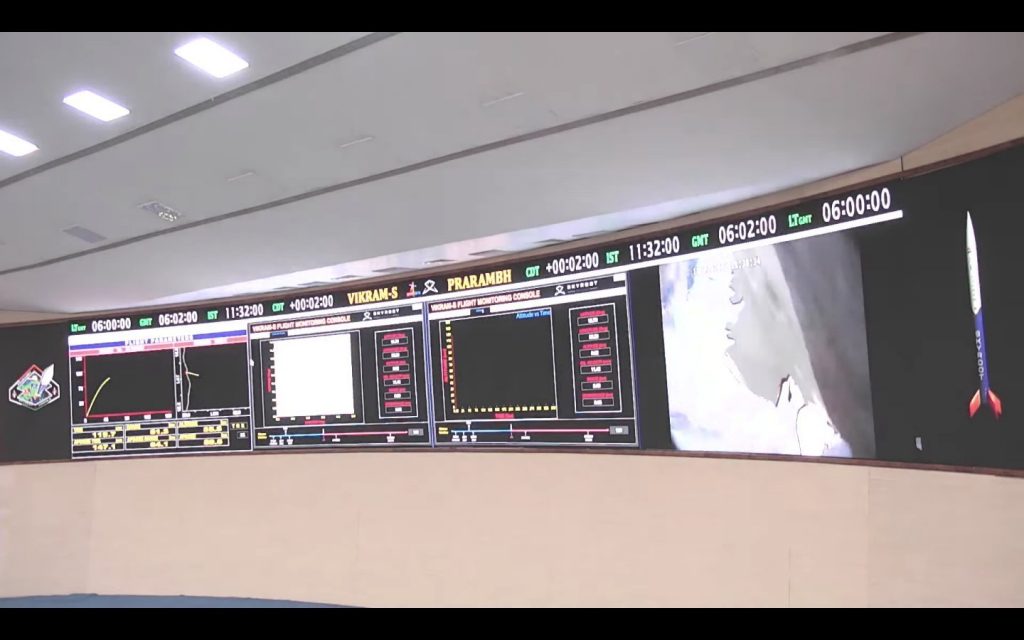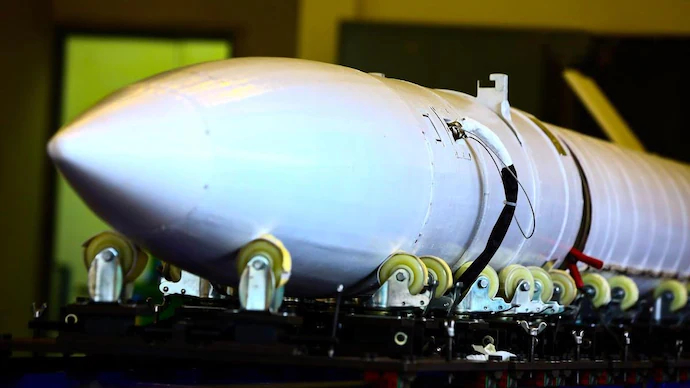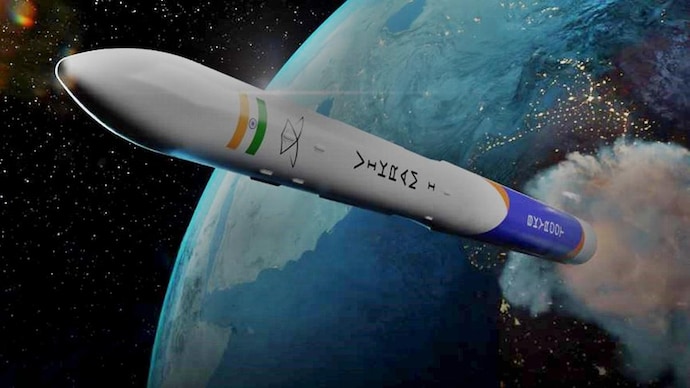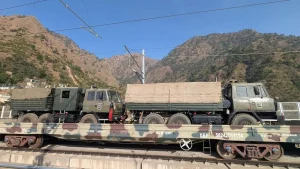Jai Hind defence Aspirants, today the successful launch of Vikram-S an indigenously developed rocket by the first private space agency Skyroot in collaboration with ISRO has been done. Let us know about this great feat achieved by our nation.
Also read: ISRO Launches Its First New Rocket Small Satellite Launch Vehicle SSLV-D1 Rocket From Sriharikota
Vikram-S, India’s first privately developed rocket, was successfully launched on a suborbital flight on Friday from the Sriharikota spaceport’s sounding rocket complex. Skyroot Aerospace, a start-up, designed the rocket.
Vikram-S launched at 11.30 am on the “Prarambh” mission (the beginning). The rocket, carrying three payloads weighing a combined 83kg, ascended to an altitude of 81.5km around 2.3 minutes after liftoff. The rocket landed in the Bay of Bengal at a distance of approximately 115.6 kilometers from Sriharikota after 4.84 minutes.
In pics: Timeline of Today’s Event:
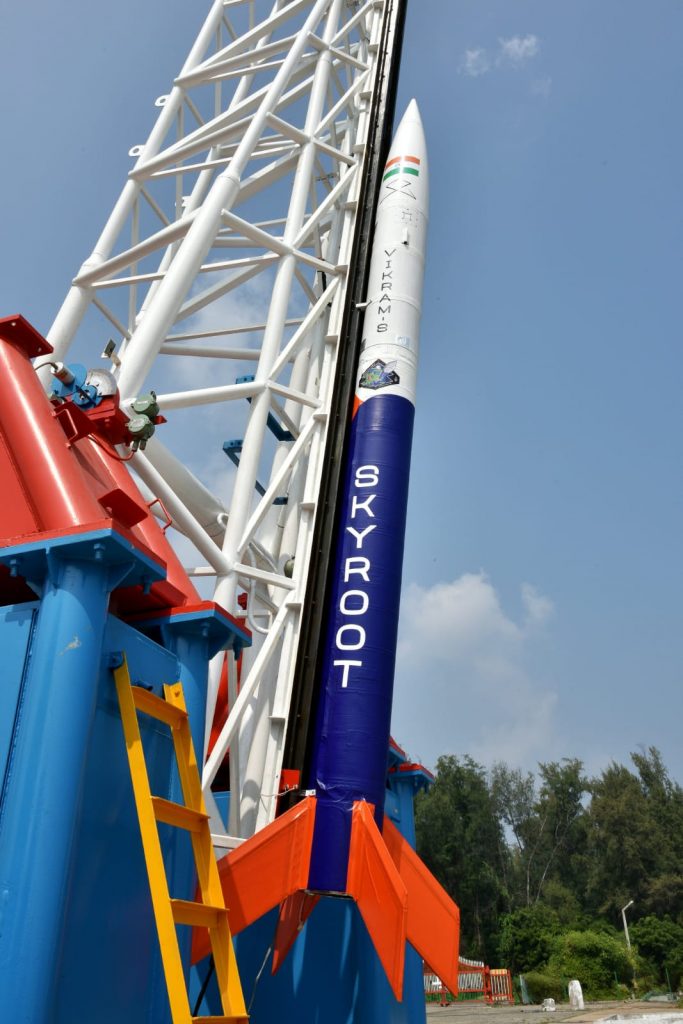
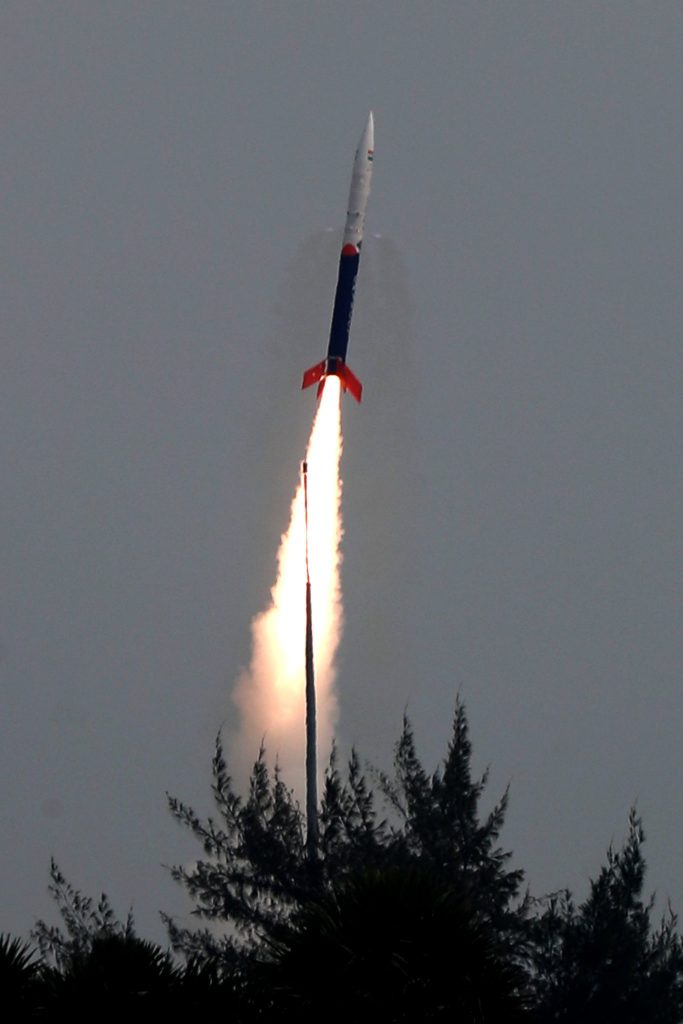
Also read: Top 7 Rockets Launchers By ISRO [Fully Explained]
The payloads, which are fitted with sensors for the measurement of acceleration, pressure, and other variables, were produced by Space Kidz India, Bazoomq Armenia, and N-Space Tech India.
About Vikram-S
According to Skyroot, Vikram-S is a single-stage solid-fueled suborbital rocket.
Advanced technology, such as carbon composite constructions and 3D-printed parts, are used in the rocket’s construction.
The majority of the technologies in the Vikram series of orbital class space launch vehicles, including many sub-systems and technologies that will be tested during the pre-liftoff and post-liftoff phases of the launch, will be tested and validated by Vikram-S, according to the Hyderabad-based company.
The first Indian firm to sign an MoU with Isro for a rocket launch into space is Skyroot.
Also read: 500+ ISRO Related GK Questions For All Defence Exams And SSB Interviews
Indian National Space Promotion and Authorization Center (IN-SPACe), India’s space regulator and promoter, has been working as a single-window independent nodal agency of the Department of Space (DoS) to strengthen the private space sector economy.
The Vikram-S rocket will be powered by the Kalam 80 propulsion system that will ignite the three-stage rocket to an altitude of 120 kilometers above the surface of Earth. The mission will carry three payloads that will be deployed during the sub-orbital flight to demonstrate the capability of the rocket to take heavy payloads to space in the future.
The Vikram rockets will be able to carry between 290 kg and 560 kg payloads into sun-synchronous polar orbits. The rocket is one of the world’s first all-composite rockets that has 3-D printed solid thrusters for spin stability of the launch vehicle.
The Vikram-S rocket is powered by the Kalam 80 propulsion system. This engine will ignite the three staged rockets up to the altitude of 120 Kilometers above the Earth’s Surface. Three payloads will be carried by this rocket which will be deployed during the sub-orbital flight to demonstrate the capability of the rocket of carrying heavy payloads to space in the future.
Also read: 14 Inspiring Achievements Of ISRO
Three variants are being developed by Skyroot for the Vikram rocket.
To crack the SSB Interview, You can join our SSB interview live classes batch and we recommend you to Enroll SSB INTERVIEW ONLINE COURSE. Trusted by thousands of defence aspirants.
